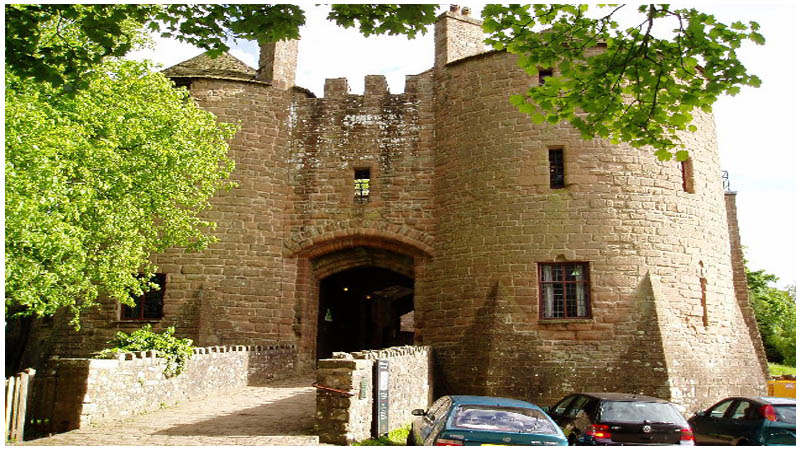St. Briavels Castle is situated in the county of Gloucestershire, England. The moated Norman castle was erected towards the end of the 11th century to serve as an administrative and judicial center for the Forest of Dean.
The site for the castle was chosen to be deep in English territory, but it still formed a part of the England-Wales border fortifications. According to researchers, the castle might have had another purpose besides its role as an administrative center: to guard the Severn Estuary, which lies to the south of the site.
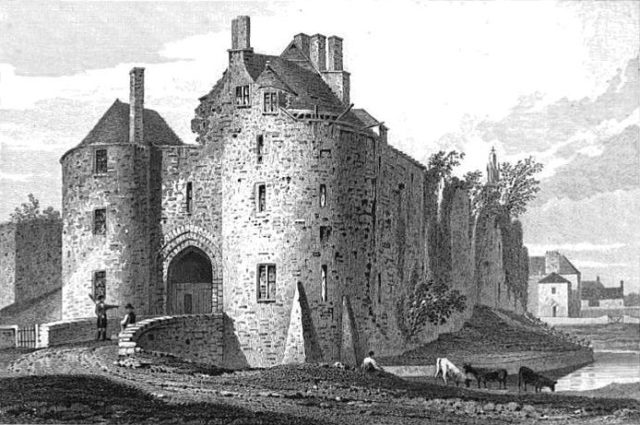
The castle would have been originally constructed of timber in the motte-and-bailey style, as was the custom of the time. Walter of Gloucester and his son, Miles of Gloucester, initially set up the administrative center.
After Miles, the castle went to his son Roger Fitzmiles, 2nd Earl of Hereford. Roger continued to run the castle well into the rule of Henry II, until a dispute with the king forced Richard to leave the castle and control was transferred to the Crown.
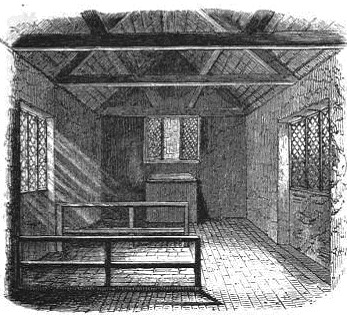
Henry II rebuilt the keep in stone during the 1160s. The Forest of Dean was important to the Crown as it served as a royal hunting ground and was rich in wood and iron ore.
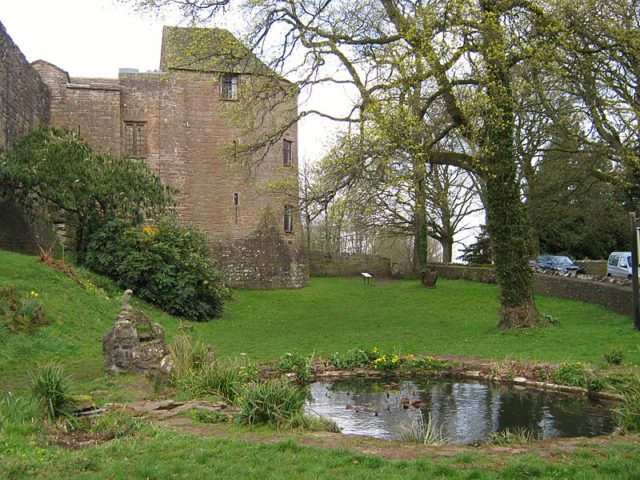
St Briavels Castle was famous for storing locally-crafted ironworks – such as axes, picks, and nails – before their shipment elsewhere. Richard the Lionheart took around 50,000 horseshoes on Crusade with him. At the start of the 13th century, the castle was used by King John and, after his death, it became an important center for crossbow bolt manufacturing.
At the start of the 14th century, the castle’s chapel was re-erected in stone and 10 years later its walls received an extension. At the start of the reign of Edward II, Roger d’Amory served as castle constable. Roger was among the king’s favorites, and Edward II visited the castle on a number of occasions.
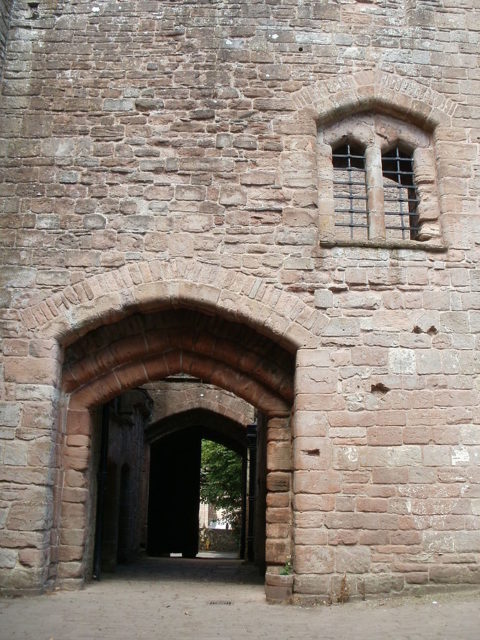
The castle continued to serve many owners over the years that followed and, as the 15th century was nearing its end, the castle went into decline and renovations were needed. Windows were added to some parts of the castle.
St. Briavels continued to change hands and in 1660 it went to Henry, Lord Herbert of Raglan. After his death, it was passed to Henry Somerset, 1st Duke of Beaufort. During the 18th century, the castle went into sharp decline.
Some of the buildings were demolished and scrapped. In 1752, part of the keep collapsed and the rest of it followed not long after, in 1777. The theft of stones by local peasants was blamed by Victorian writers for the state of the castle at the time.
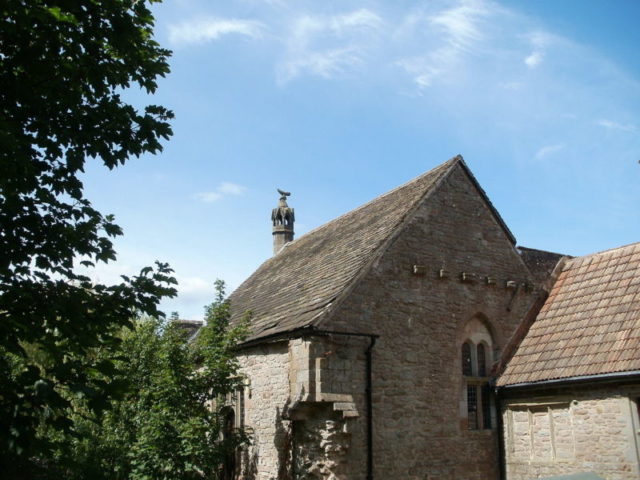
During the same period, part of the stronghold was used as a jail and some of the buildings were renovated to serve as a jury room and courtroom. The jail housed mostly debtors. The prisoners were kept in terrible conditions with rare chances to exercise, no fresh water, and no firewood to keep them warm. Most of the prisoners were detained for owing less than £5. ($7).
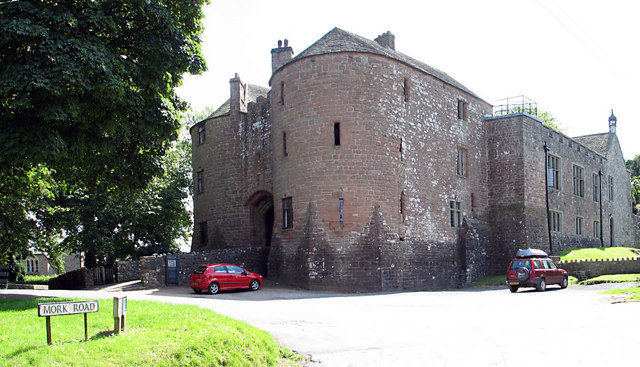
The prisoners were charged with a penalty of £7 for their confinement: the equivalent of £500 in today’s money. In 1838, the courtroom and jury room were converted into a school. The end came for the prison in 1842.
Upon closure, all of the inmates were relocated to Littledean’s prison. In 1906, the gatehouse was restored and after World War II, in 1948, it was converted into a Youth Hostel.
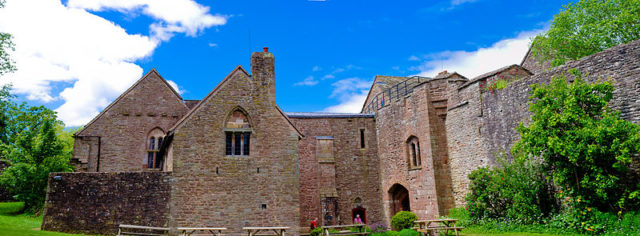
Years later, the moat was filled and converted into a garden. Today the castle is a Grade I listed building as well as a Scheduled Monument. It remains open to the public throughout the year and is under the management of English Heritage.
